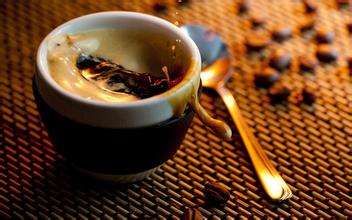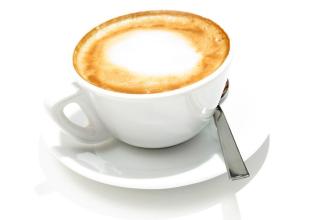Introduction to Coffee planting and Primary processing of Ethiopian species and characteristics of Manor
Introduction to Coffee planting and Primary processing of Ethiopian species and characteristics of Manor
ET has long been one of the top ten coffee producing areas in the world, and is the vanguard of African producing areas.
ET has a federal department, the coffee and tea Authority, that specializes in coffee and tea-related matters, such as setting purchase prices for washing plants.
ET produces a lot of coffee, but unlike other producing countries, the domestic consumption of coffee in ET is also very large, which is very different from many coffee farmers who do not drink coffee only for the economic producing countries. Half of the output of ET contributes to its own citizens. Of course, like other producing countries that rely on coffee to earn foreign exchange, although their citizens are keen on coffee, the best grades are naturally sent to consumer countries that can pay a high price.
There is nothing unique about the flow of ET coffee exports, with half going to the European Union, then the United States, then Japan in Asia, and so on.
Coffee plays an important role in the ET economy and is an important part of GDP. Once half of the foreign exchange came from coffee, and the income brought by coffee accounted for 10% of the government revenue.
1 Skin/Pulp: the outermost layer of the coffee bean is covered with berry-like skin and pulp. In addition to the natural sun method, coffee beans treated by other methods must remove the skin and flesh within a few hours after picking. Similar to the cherries we often eat, the difference is that when we eat cherries, we mainly eat the pulp and peel of berries. For coffee, peel and pulp are important by-products. In some places, people use the peel and pulp of coffee to make tea. People in the industry used to call the peel and pulp of coffee "Pulp". The machine used to remove the pulp is called the "desizing machine".
Mucous membrane (Mucilage): under the peel and pulp, a layer of sticky mucus tightly wraps the coffee beans. Because this mucous membrane is extremely sticky and high in sugar, it is used to call it "Honey". Not only coffee, but also many fruits have a layer of mucus inside. You can check the relevant information at http://en.wikipedia.org/wiki/Mucilage.
Parchment (Parchment): inside the mucous membrane, a thin film of cellulose wraps the coffee beans. After drying, the film looks like parchment, hence the name.

Important Notice :
前街咖啡 FrontStreet Coffee has moved to new addredd:
FrontStreet Coffee Address: 315,Donghua East Road,GuangZhou
Tel:020 38364473
- Prev

Varieties and characteristics of Kenyan Coffee beans introduction to taste treatment of manor brand flavor description
The variety and characteristics of Kenyan coffee beans the taste treatment method of manor brand flavor treatment introduces that the geographical environment of Ethiopia is very suitable for coffee growth. Coffee is mainly grown in the southern highlands between 1100 and 2300 meters above sea level. The soil in these areas is well drained, slightly acidic and red loose. Currently, about 25% of the Ethiopian population depends directly or indirectly on coffee production for a living. Make
- Next

Flavor description of Sidamo Gucci Coffee beans introduction to the Manor by Grinding scale treatment
Description of the flavor of Sidamo Gucci Coffee beans the taste of Sidamo Coffee beans is described by grinding scale method. Manor introduction: Sidamo varieties: Native Arabica treatment: washing flavor: moderate sweet and sour aromas of sun berries, citrus aromas, slightly fermented fruits, fruit wine aromas. Palate: comfortable and interesting sour fruit, good sweetness and low thickness. Baking degree: medium baking 1. Picking beans.
Related
- Detailed explanation of Jadeite planting Land in Panamanian Jadeite Manor introduction to the grading system of Jadeite competitive bidding, Red bid, Green bid and Rose Summer
- Story of Coffee planting in Brenka region of Costa Rica Stonehenge Manor anaerobic heavy honey treatment of flavor mouth
- What's on the barrel of Blue Mountain Coffee beans?
- Can American coffee also pull flowers? How to use hot American style to pull out a good-looking pattern?
- Can you make a cold extract with coffee beans? What is the right proportion for cold-extracted coffee formula?
- Indonesian PWN Gold Mandrine Coffee Origin Features Flavor How to Chong? Mandolin coffee is American.
- A brief introduction to the flavor characteristics of Brazilian yellow bourbon coffee beans
- What is the effect of different water quality on the flavor of cold-extracted coffee? What kind of water is best for brewing coffee?
- Why do you think of Rose Summer whenever you mention Panamanian coffee?
- Introduction to the characteristics of authentic blue mountain coffee bean producing areas? What is the CIB Coffee Authority in Jamaica?

